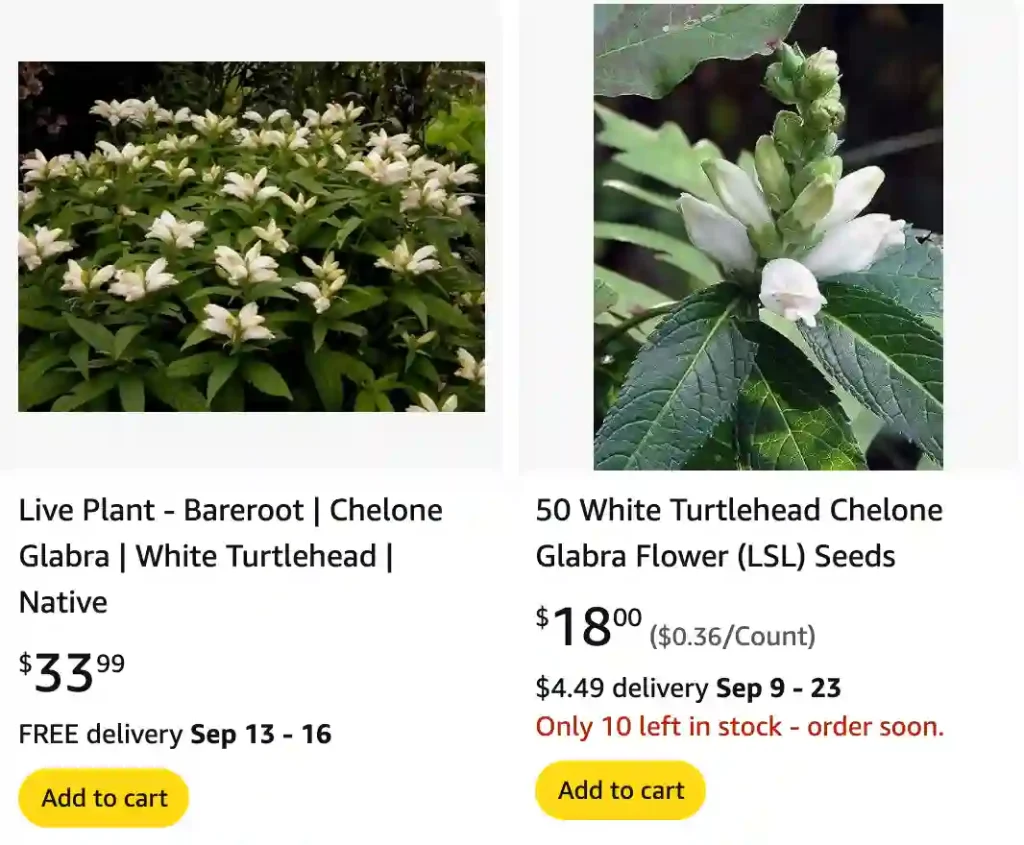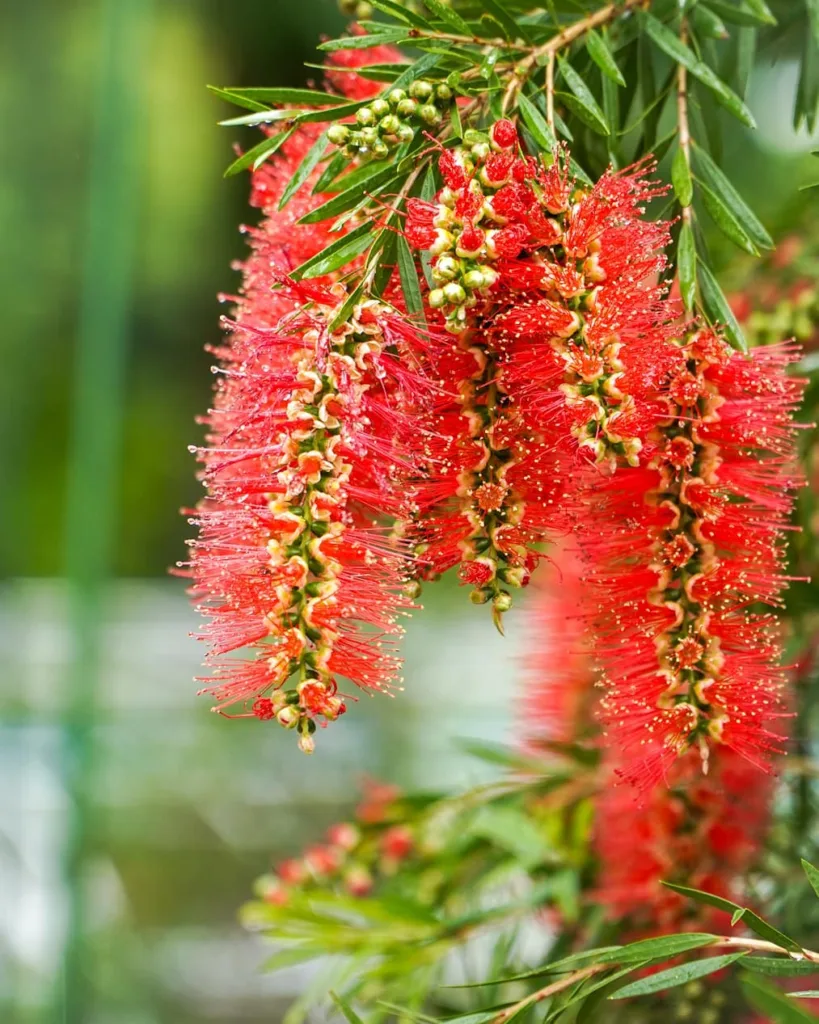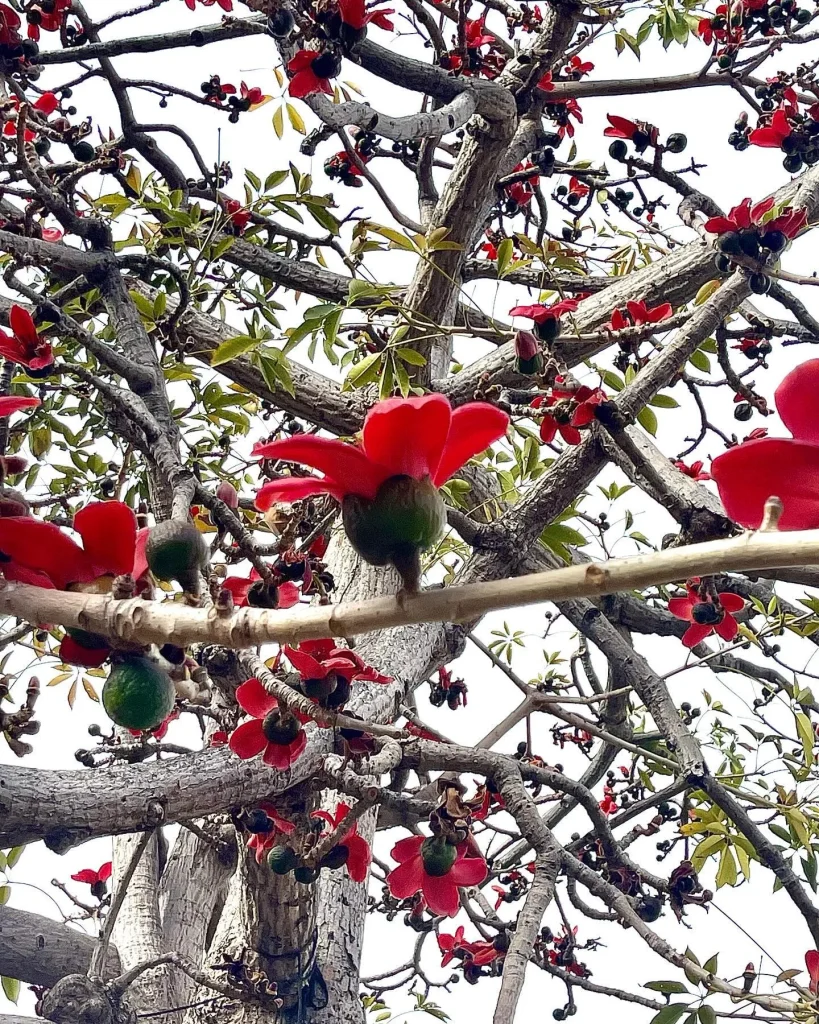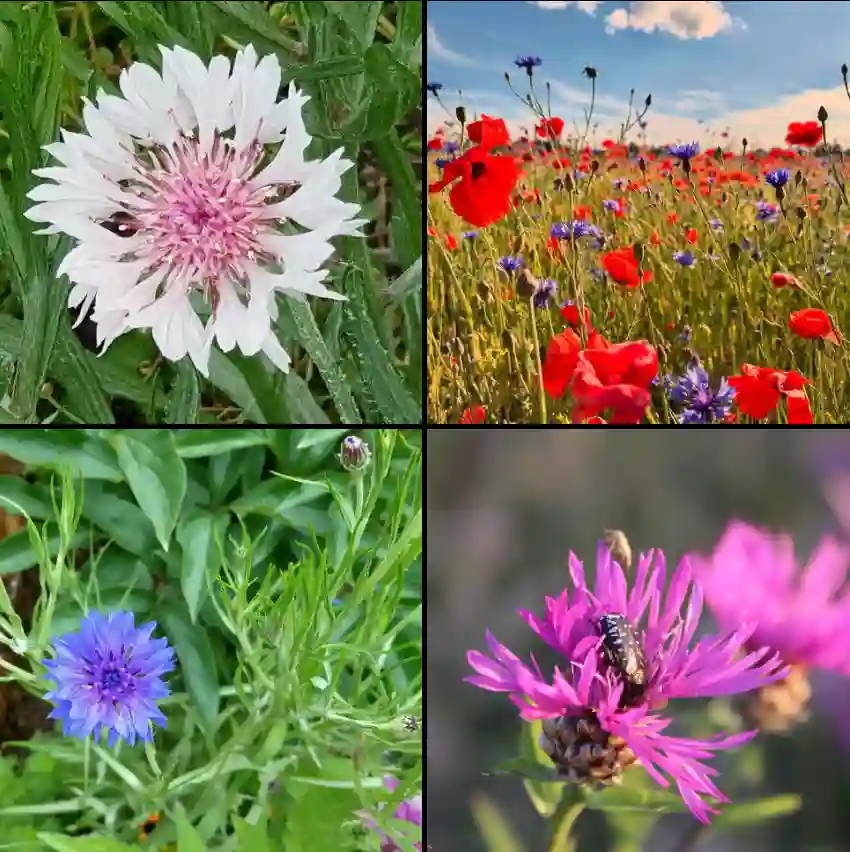
What is Chelone Glabra?
Chelone Glabra, commonly known as the White Turtlehead, is a perennial plant native to North America. It’s prized for its unique, turtle-shaped white flowers and its ability to thrive in moist, shaded environments. This plant typically grows 2 to 3 feet tall and wide, making it a robust addition to any garden that can handle its specific needs.
4 Species in Genus Chelone
How to Grow Chelone Glabra?
Growing Chelone Glabra is relatively straightforward, but it does require attention to its specific needs. Here are the key steps:
- Site Selection: Choose a location that provides partial to full shade. Chelone Glabra thrives in moist, well-drained soil, often found in woodland settings or near water features.
- Soil Preparation: Amend your soil with organic matter like compost to improve drainage and fertility. The plant prefers slightly acidic to neutral pH levels.
- Planting: Space the plants about 18 to 24 inches apart to allow for their spread. Plant them in the spring or early fall for the best results.
- Watering: Keep the soil consistently moist, especially during dry periods. Chelone Glabra is not drought-tolerant and will require regular watering.
- Fertilizing: Feed the plant with a balanced fertilizer in early spring to encourage vigorous growth and flowering.
- Mulching: Apply mulch around the base to retain moisture and keep weeds at bay.
How to Care for Chelone Glabra?
Caring for Chelone Glabra involves regular maintenance to ensure healthy growth and flowering:
- Pruning: Remove spent blooms and any dead or damaged foliage to keep the plant looking its best and to prevent disease.
- Pest Control: Watch for common pests like aphids and slugs. Use organic methods or insecticidal soap if necessary.
- Winter Care: In colder climates, mulch the base of the plant to protect the roots from freezing temperatures.
How to Propagate Chelone Glabra?
Chelone Glabra can be propagated through division or seed:
- Division: In early spring or fall, divide established clumps to create new plants. This method is effective for rejuvenating the plant and increasing your stock.
- Seed: Collect seeds from mature plants and sow them in a cold frame or indoor seed-starting setup. They require a period of cold stratification to germinate.
What to Plant with Chelone Glabra?
Chelone Glabra pairs well with other shade-loving plants. Consider these companions:
- Hostas: Their large, attractive foliage complements the turtlehead’s flowers.
- Astilbes: Their feathery blooms add a different texture to the garden.
- Ferns: Provide a lush, green backdrop that enhances the turtlehead’s appearance.
Can You Grow Chelone Glabra Indoors?
Chelone Glabra is typically grown outdoors due to its size and light requirements. Growing it indoors would be challenging and would require a very bright space with adequate humidity and moisture, which might not be feasible for most indoor environments.
Is Chelone Glabra Toxic?
Chelone Glabra is not considered toxic to humans or pets. However, it’s always wise to keep any plant out of reach of curious children and pets to avoid accidental ingestion.
Benefits of Chelone Glabra
Chelone Glabra offers several benefits:
- Aesthetic Appeal: Its unique, turtle-shaped white flowers add a distinctive touch to shaded gardens.
- Wildlife Friendly: Attracts pollinators like bees and butterflies.
- Low Maintenance: Once established, it requires minimal care.
Common Problems with Chelone Glabra
While generally hardy, Chelone Glabra can face a few issues:
- Powdery Mildew: This fungal disease can affect the plant, especially in humid conditions. Improve air circulation and avoid overhead watering.
- Root Rot: Poor drainage can lead to root rot. Ensure the planting site has adequate drainage and avoid waterlogged soil.
Chelone Glabra vs. Chelone Lyonii
Chelone Lyonii, also known as Pink Turtlehead, is similar to Chelone Glabra but has distinct differences:
- Flower Color: Chelone Lyonii features pink flowers, while Chelone Glabra blooms in white.
- Growth Habit: Chelone Lyonii tends to be slightly shorter and more compact than Chelone Glabra.
- Climate Adaptability: Both are suitable for moist, shaded environments, but Chelone Lyonii may have slightly different soil and light preferences.
Compare with Other Similar Plants
Chelone Glabra is often confused with other shade-loving plants like:
- Astilbe: While Astilbe also thrives in shade and has similar moisture needs, it produces feathery flower spikes rather than turtle-shaped blooms.
- Hosta: Hostas are also shade perennials with large leaves, but they don’t have the unique flower structure of Chelone Glabra.
By understanding Chelone Glabra’s needs and characteristics, you can make informed decisions about incorporating this beautiful plant into your garden. Whether you’re looking to add visual interest to a shaded area or attract pollinators, Chelone Glabra can be a fantastic choice.
If i die, water my plants!



